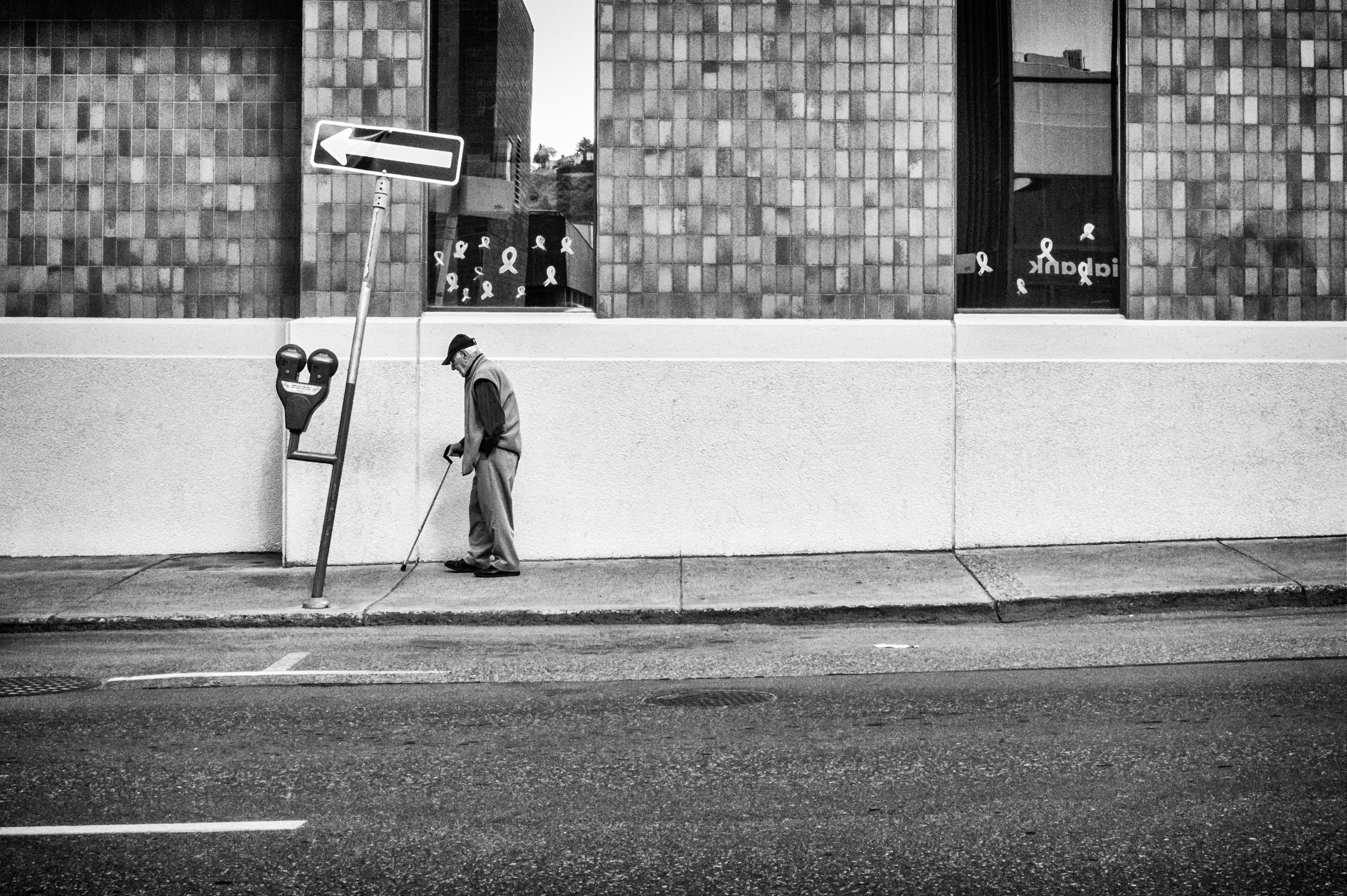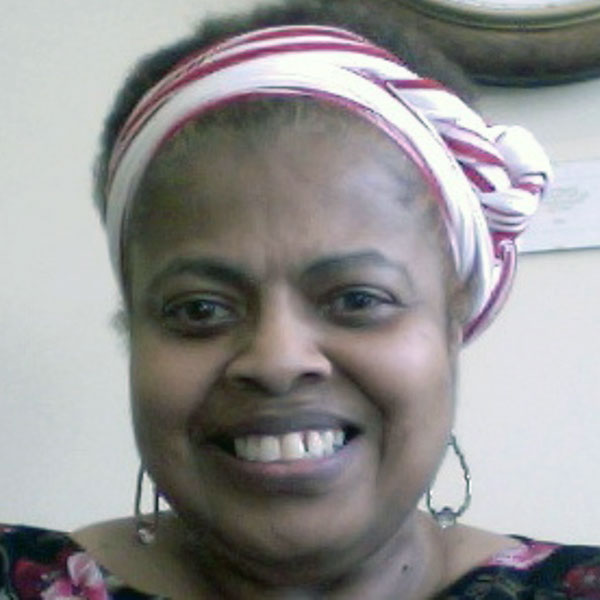
We see the need almost every day. As we move through our daily routines, we encounter people who are experiencing homelessness. Occasionally we will drop change in their cup or walk on the other side of the street. On any particular day, we may be on our way to Starbucks or to the grocery store when we notice a person who is experiencing homelessness. We sadly lament…it is horrible that a person is elderly and homeless. We stop and think about the horrors of homelessness, especially for elders. Then we continue on our journey...
A 2014 report by Harvard’s Joint Center for Housing Studies noted while vulnerable older Americans need rental assistance, there are only sufficient federal resources to provide assistance to one of three income-eligible renters aged 62 and older. Providing rental assistance to every eligible low-income elder would end homelessness for older adults. The Bipartisan Policy Center Housing Commission recently proposed this strategy and also recommended better coordination of housing and services to ensure housing stability for older Americans.
Despite limited resources, within homeless services there are many unsung heroes who see the need and then take action. Homeless service workers are doing the daily work to create solutions to elder homelessness. Dedicated workers in homeless services in a variety of roles and with diverse life experiences try to help. They are rewarded with little acknowledgment and little pay.
I want to share the outstanding work of Sue Jones, a Program Nurse at Hearth, Inc. These edited excerpts from an interview provide a glimpse from the field of the importance of providing services for elderly people who are recovering from homelessness. Read more of Gloria's thoughts on the impact of elder homelessness.
Gloria Dickerson (GD): Can you provide us with background on your work at Hearth?
Sue Jones (SJ): Hearth is a provider of housing and supportive services for elders. Hearth’s main office is located in the South End of Boston, and we have seven housing settings: four are apartment settings and two are small, congregate settings. We also have Ruggles Assisted Living in Roxbury. I have been a Program Nurse at Hearth since 1994. Prior to that, I worked at the University Hospital’s Home Medical Service with Anna Bissonnette for many years. Anna was a pioneer in providing services to elders. The Home Medical Service sent physicians and fourth year medical students into the homes of elders who could not get out easily to access medical care. During her time at Home Medical Service, Anna developed a keen interest in the plight of homeless elders.
The Committee to End Elder Homelessness, Inc. (CEEH) was founded in 1991 by Anna Bissonnette and a group of seven professional women with diverse experience in housing, finance, health, and human services. They realized that elders were a growing percentage of the homeless population and that no one was expressly addressing the issue. Now in our twenty-fifth year, CEEH, now Hearth, Inc., is an expert on the challenges and solutions of ending elder homelessness.
This group of professional women focused on what they saw as the primary need in ending elder homelessness--developing housing. Their first project was to restore an old Victorian house in Jamaica Plain in 1992 and turn it into a congregate setting with shared common spaces, nine private bedrooms for residents, and one bedroom for an overnight staff person who could manage emergencies. This flagship setting is named the Elsie Frank House after one of the founding members.
However, they soon discovered that “providing a home” was not enough. People needed ongoing support services to stay housed. They were committed to providing supports within each housing site to ensure that elders could sustain their new homes in the community and thrive. Presently, our housing has a range of support services--including case management, nursing supervision, personal care homemaker services, resource specialists who assist tenants in accessing services, and site management.
GD: What do you think is your biggest contribution to the lives of elders served in supportive housing?
SJ: Many of our residents have experienced long-term homelessness and are loners. As people recover from homelessness, developing trusting relationships with others can be challenging. I begin by focusing on developing a solid, trusting relationship with each resident. Establishing a trusting relationship provides a firm foundation for our ongoing work together and helps our tenants move with confidence towards their goals.
I also try to connect people to the healthcare services they may need. Residents may have had difficult experiences accessing healthcare. People may feel their concerns are not valued. My work is to always ensure the senior’s needs and concerns are heard and listened to by their providers, so they can understand the interventions suggested by medical providers. Quality healthcare allows people to live safely and productively in the community.
Our staff members work as a team to provide a safe and comfortable living environment. We strive to help our residents maintain independence by providing the supports needed to ensure housing stability. We are mindful that we are dealing with adults who have overcome many obstacles. We want people to recover, make their own choices, live in the community and maintain their independence. Therefore, we provide the supports necessary for individuals to be successful in maintaining their housing.
GD: Thank you for your commitment to seniors who are in recovery from homelessness. You, Anna Bissonnette, and so many others at Hearth are to be applauded for your work.
The need is great! Find a way to contribute.
Learn more about homelessness by listening to a t3 podcast on "Ending Homelessness: Why We Haven't, How We Can."
Image by Joris Louwes (CC by 2.0).








